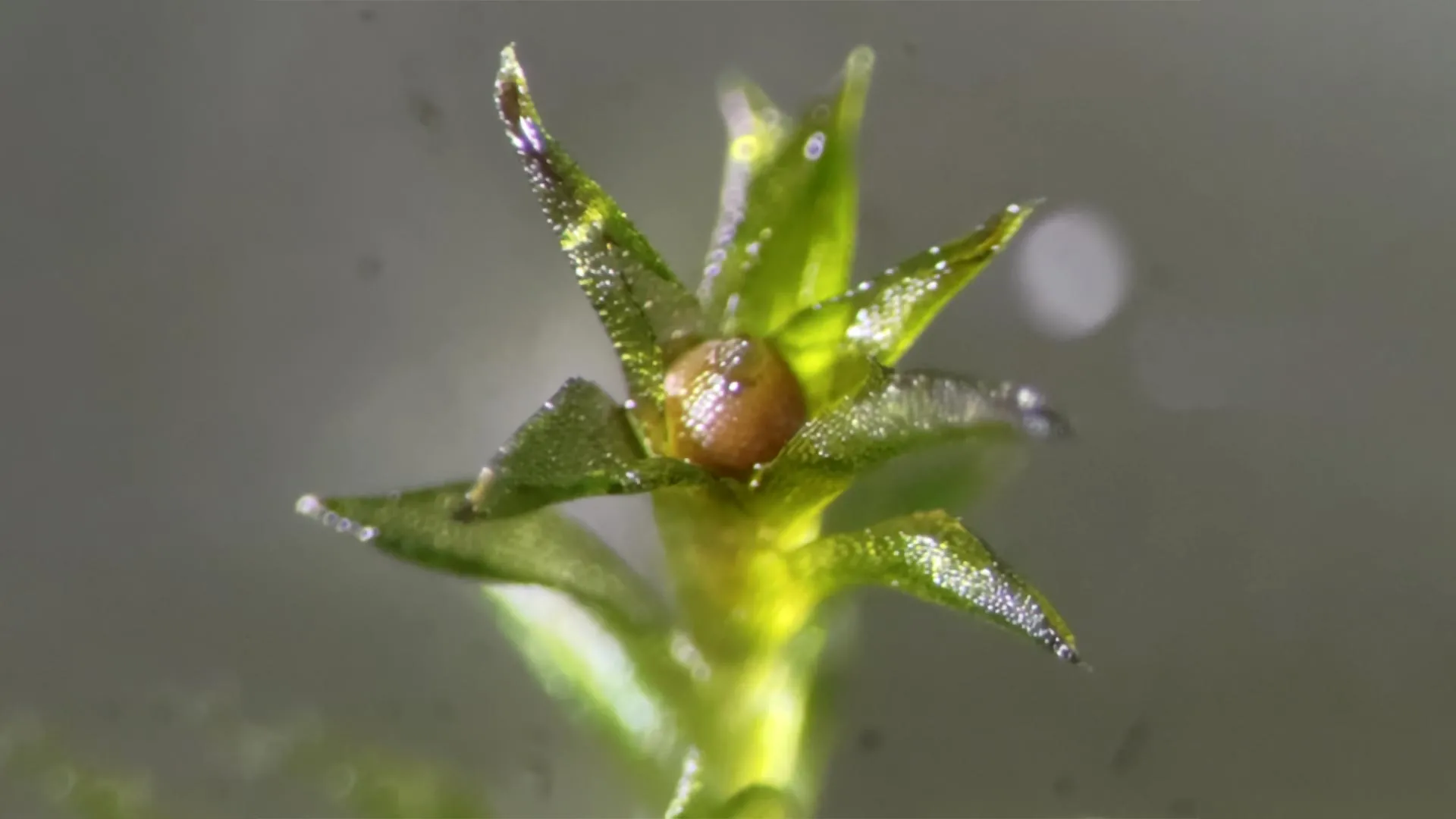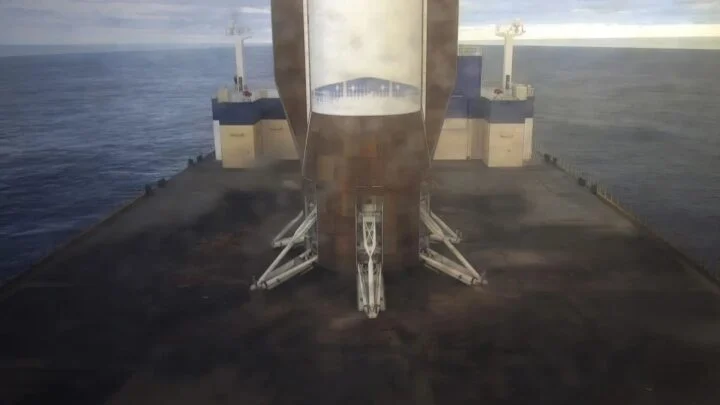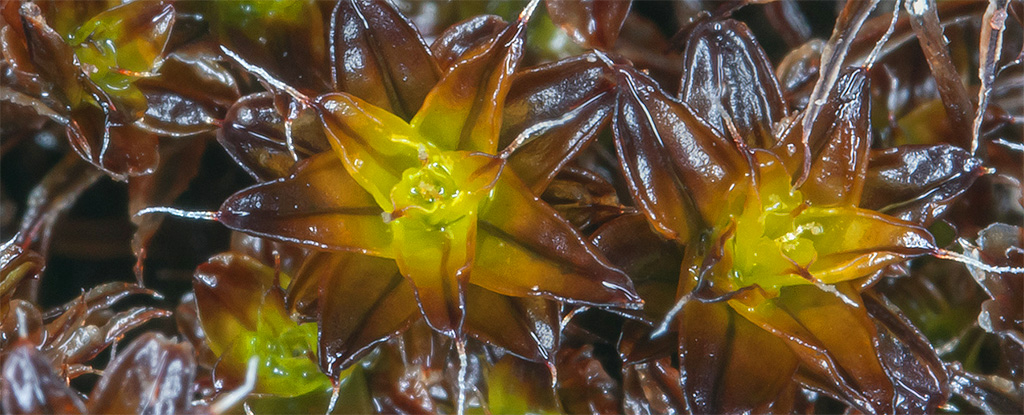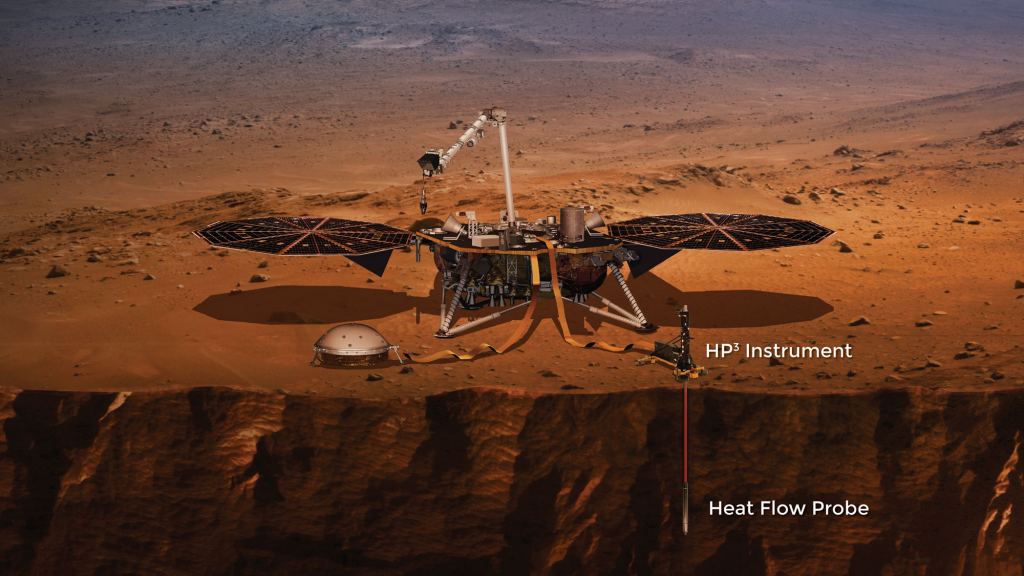
Moss spores survived an extended stay on the outside of the ISS and remained capable of germinating once back on Earth.

Jeff Bezos's Blue Origin successfully launched its New Glenn rocket on Thursday with NASA twin spacecraft destined for Mars aboard, and in a breakthrough, nailed the landing of its booster.

Martian dust storms can potentially cause respiratory issues and elevated risk of disease, making them yet another health hazard space agencies need to prepare for, according to new research.

Mosses are among Earth's great terraformers, turning barren rock into fertile soils, and now a team of scientists is proposing these non-vascular plants could do the same on Mars.

China's Zhurong rover, equipped with a ground-penetrating radar system, identified irregular polygonal wedges located at a depth of about 35 meters all along the robot's journey.

Nasa's Perseverance rover has been able to generate 122g of breathable oxygen - enough to sustain a human for three hours on the Red Planet.

Four small rooms, a gym and a lot of red sand - NASA unveiled its new Mars-simulation habitat, in which volunteers will live for a year at a time to test what life will be like on future missions to Earth.

Launched 19 July 2020 atop a Japanese H-2A rocket, the Hope probe braked into a highly elliptical orbit around Mars on 9 February 2021. The first such close encounter came in late January.

A machine called MOXIE, stowed away on NASA’s Perseverance rover, can reliably convert carbon dioxide into a small tree’s worth of oxygen. During various tests, MOXIE steadily breathed in Martian atmosphere and breathed out at least six grams of oxygen an hour.

The results from Mars simulations, Project Sirius and project Mars-500, showed worrisome outcome - the astronauts become detached from mission control and almost autonomous with time.

China’s first Mars rover safely touched down Friday and began sending data back to Earth, joining the United States as the only two nations to successfully land and operate a spacecraft on the surface of Mars.

A day after the UAE's Hope probe entered into the orbit of Mars, China has followed suit. In May, the probe will land a Chinese rover on Mars. The goal of Tianwen-1 is to survey the atmosphere from orbit.

Perseverance, the largest, most advanced rover NASA has sent to another world, touched down on Mars yesterday. The $2.4 billion rover arrived at Jezero Crater, a basin that scientists say was once flooded with liquid water.

Since 2019, NASA's InSight's probe, called the “mole,” has been attempting to burrow into the Martian surface. Martian soil’s tendency to clump deprived the mole of the friction it needs to hammer itself to a sufficient depth.

After many months of struggle and careful adaptation, the InSight lander’s ‘Mole’ is finally into the ground. The InSight lander was sent to Mars to study the planet’s interior.